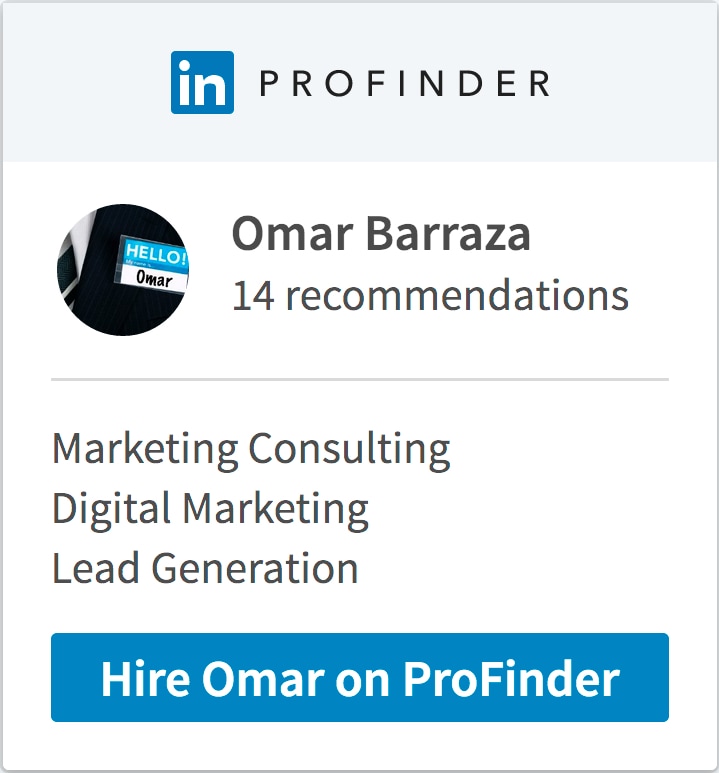By Omar Barraza
A common obstacle in marketing and selling products that pay for themselves over time is the payback period, or the amount of time required before the advantages of the product overcomes its investment. A business buying such a product would need to have the cash reserves to tie-up money for months or years in order to achieve future savings.
A hybrid pricing model that balances the upfront capital cost (price) with ongoing operational expenses may provide a solution. In other words, you could price the product at near-cost and require periodic payments (maintenance agreements, annual licenses, etc.) to generate revenue. This is a well-proven and effective approach since the selling price covers your costs and the payments bring in cache flow and profits.
If this approach seems attractive and feasible for your business, consult an accountant to ensure your pricing and fees are precisely balanced and do not create cash flow or other financial challenges.
A common obstacle in marketing and selling products that pay for themselves over time is the payback period, or the amount of time required before the advantages of the product overcomes its investment. A business buying such a product would need to have the cash reserves to tie-up money for months or years in order to achieve future savings.
A hybrid pricing model that balances the upfront capital cost (price) with ongoing operational expenses may provide a solution. In other words, you could price the product at near-cost and require periodic payments (maintenance agreements, annual licenses, etc.) to generate revenue. This is a well-proven and effective approach since the selling price covers your costs and the payments bring in cache flow and profits.
If this approach seems attractive and feasible for your business, consult an accountant to ensure your pricing and fees are precisely balanced and do not create cash flow or other financial challenges.
 RSS Feed
RSS Feed
